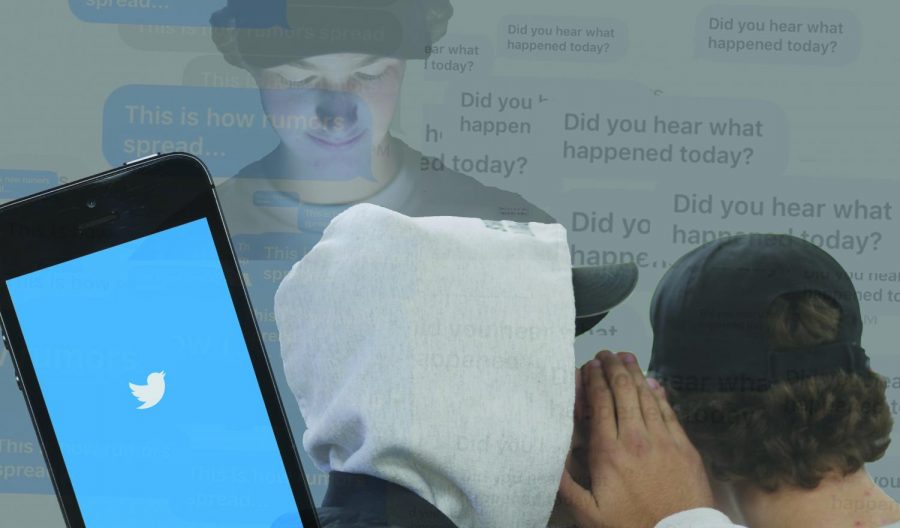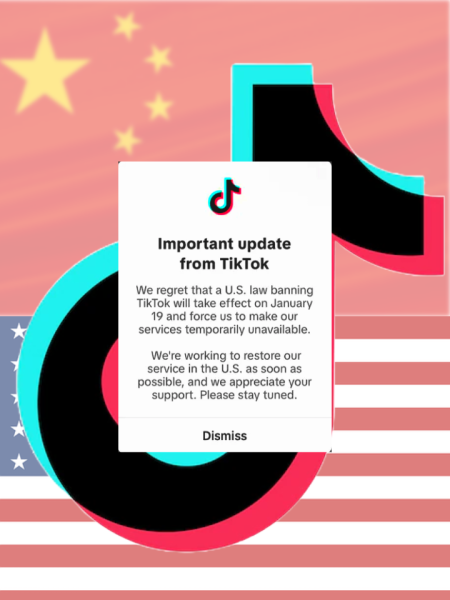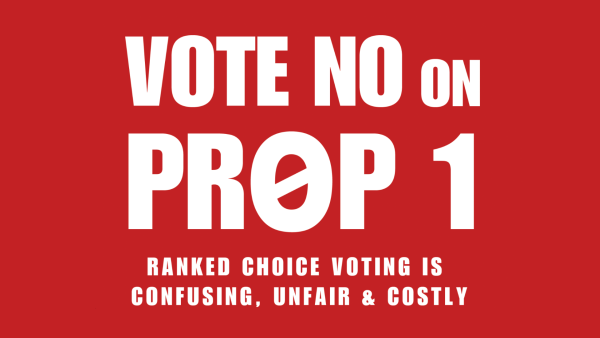RUMOR HAS IT
A look at how rumors spread in the digital age
A tweet is posted. It garners multiple retweets and likes. Someone sends it along to a friend. That friend shows three other people and in turn, these three follow suit.
At this rate, an insignificant rumor can become public knowledge within a matter of days.
High schools nationwide foster contagious gossip, and Sandpoint High is no exception: The spread of misinformation can damage peer relationships, foster mistrust, and disrupt social circles.
The effects of rumors were visible in an incident that took place at the school this month.
A concern had been raised regarding a comment made by a student, and was investigated by administration to no avail. Weeks later, a student caught wind of the incident and took it to social media, where it spread to other students and their parents.
On Oct. 4, a splinter group of students stayed home from school or were pulled out of class per their parents’ concern. Though the comment had been thoroughly scrutinized and precautionary measures taken weeks prior, some parents and students were panicked by the rumors they saw on social media.
“We had a lot of parents, instead of calling the police or the school, go to social media, and then kaboom, it’s everywhere. It spreads like wildfire and is very damaging for lots of families,” Superintendent Shawn Woodward said. “I think that people don’t mean harm, but I hope before pushing a button and [posting] on social media, we can do a better job of thinking about the repercussions.”
Woodward and Principal Tom Albertson reiterated that all concerns brought to the administration are taken very seriously.
“We vet everything we hear thoroughly,” Albertson said.
Woodward and Albertson urge concerned students and parents to call the school before going to social media.
“Literally, nine times out of ten when I have investigated [claims] that have been on social media, there may have been some elements of truth to it, but not a a lot,” Woodward said.
Social media provides a platform for the proliferation of rumors, and this advent has evolved the way rumors spread.
“People are always looking for some type of excitement, and now, it’s instantaneous,” Albertson said. “If somebody can post anything they want [on social media] with no credible source whatsoever, it’s a little scary.”
Many Americans are facing that question today. The issue of misinformation is apparent on the national scale with companies such as Google and Facebook struggling to control the spread of misinformation on their platforms and taking steps to curb its propagation. In the age of “fake news”, people are becoming more wary of the truthfulness of the stories they see and hear.
Senior Granya Boyd advised that the best way to discern truth from rumor is to be direct.
“I don’t really think it’s [anyone’s] business, but if you really want to know the truth, just ask people straight up,” Boyd said.
She explained that ambiguity in social media posts can invite speculation. “I think on Twitter, Instagram or Snapchat, people can hint at things on posts and that gets people talking,” Boyd said. “Then once they’re talking, they don’t actually know what they’re talking about and it’s just something to talk about.”
With little or no truth to them, rumors can storm social media and spread.
“It can be really hard to know the truth,” Boyd concluded.

McCalee Cain is a senior and it is her third year on staff. She is the Editor-in-Chief.






